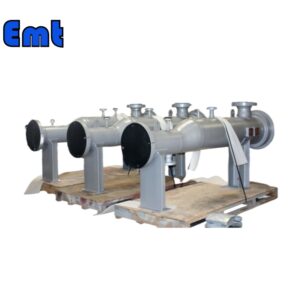
The EMT Pig Launcher and Receiver device usually use steel pipe with the same diameter as the pipe to be cleaned, or slightly larger, to accommodate varying sphere sizes. The flange cover is installed at the front end (for loading the ball) and the air intake is provided (the size is determined by the air volume). The back end is used to connect with the pipeline, and can be welded or flanged (with a reducer), depending on the size of the sphere.
The Pig Launcher device is similar to the Pig Receiver device, except that a vent valve is in the front (top) for pressure relief and air defense in the pipeline after receiving the ball, and a sewage outlet is open in the lower part for removing debris and liquid accumulation in the front of the ball.
Kinds of Pig for Pipeline Pigging
There are many kinds of pigs for pipeline pigging, which can be roughly divided into three types:
1. Pig ball (round rubber ball);
2. Cup pig (sizing pig, measuring pig, isolating pig, bidirectional pig, etc.);
Third, foam pig (high, medium, and low-density foam pig).
The advantages of the cup pig are that when running in the pipeline, it can maintain a fixed direction, and can carry a variety of detection instruments and other devices, such as detecting the deformation of the pipeline, replacing the medium, and cleaning the space in the tube, removing the rust on the tube wall.
The Purpose of Pigging
Natural gas pipeline in operation:
Remove water, light oil, methane hydrate, iron oxide, carbide dust, carbon disulfide, hydrosulfuric acid, and other corrosive substances inside the pipeline. Reduce the corrosion damage of corrosive substances to the inner wall of the pipeline. Redefine the pipeline direction. Detection of pipeline deformation. Check the integrity rate of valves along the line. Reduce working back pressure.
Crude oil pipeline in operation:
Pigging before testing in the pipeline, intermittent operation of low throughput pipeline pigging, removing condensate, wax, and scale inside the pipeline to reduce oil back pressure, reduce friction, and reduce oil temperature.
Chemical materials and edible oil pipelines:
Clean up the cohesive material pipelines, isolate different pipe transport media to achieve single pipe multi-variety transportation, and measure pipe transport media.
Structure and Function
(1) The main structures include a simplified design, quick-opening closure, blow-off, blowdown, nitrogen injection port, air intake port, balance pipe, and ball indicator.
(2) Main functions: perform pigging operations and send and receive pigging balls.
Operation of Sending Pigs
(1) Preparation and requirements before sending the pig.
(2) Before pigging, conduct a comprehensive inspection of the station equipment and pipeline conditions, and determine the pig’s interference amount according to the pipeline’s actual condition. The interference amount of the cup pig is generally 1%-4%.
(4) Fully master the pigging plan, and do a good job of process operation and preparation before pigging.
(5) Check whether the mounting screw of the pig cup is tight.
(6) Measuring the diameter and thickness of the cup.
(7) Check whether the transmitter installation and the lapping plate are tight.
(8) Check whether the pressure gauge on the pig issuing barrel is suitable and in good condition.
(9) Whether the pig is flexible and easy to use through the indicator and has been reset. Prepare materials and tools such as a special wrench, adjustable wrench, butter, sealing grease, and quick-opening closure.
Pigging System Composition
The pigging system includes a pig, a transmitting and receiving device (like a receiving tube), and electronic tracking instruments. A pig serves as a pipe-cleaning tool that scrapes dirt off the pipe wall. During operation, place the pig in the pipeline, ensuring the outer edge forms a good elastic seal with the inner wall. The pressure difference from the pipeline transport medium drives the pig through the pipeline. The pig’s cup, steel brush, and other parts interact with the inner wall to clean the pipeline effectively.
The pig carries an ultra-low frequency transmitter to work with ground instruments, allowing real-time monitoring of its operation in the pipeline. Place receivers at the beginning and end of the pipeline to transmit and receive signals. The complete set of electronic tracking instruments includes a positioning transmitter, positioning receiver, ball crossing indicator, and line finder. These tools track the pig ball’s movement in the pipeline and accurately locate it if it gets stuck.
Main Uses of Pigging System
Before the new pipeline is put into operation, the pig will sweep the line to remove all kinds of residues in the pipeline and make the pipeline smooth.
Exhaust before the water pressure test and dewater after the water pressure test.
Use it to isolate natural gas, nitrogen, and air during pipeline displacement before operation.
Regular water removal and cleaning of the pipeline in operation to improve the pipeline transport capacity.


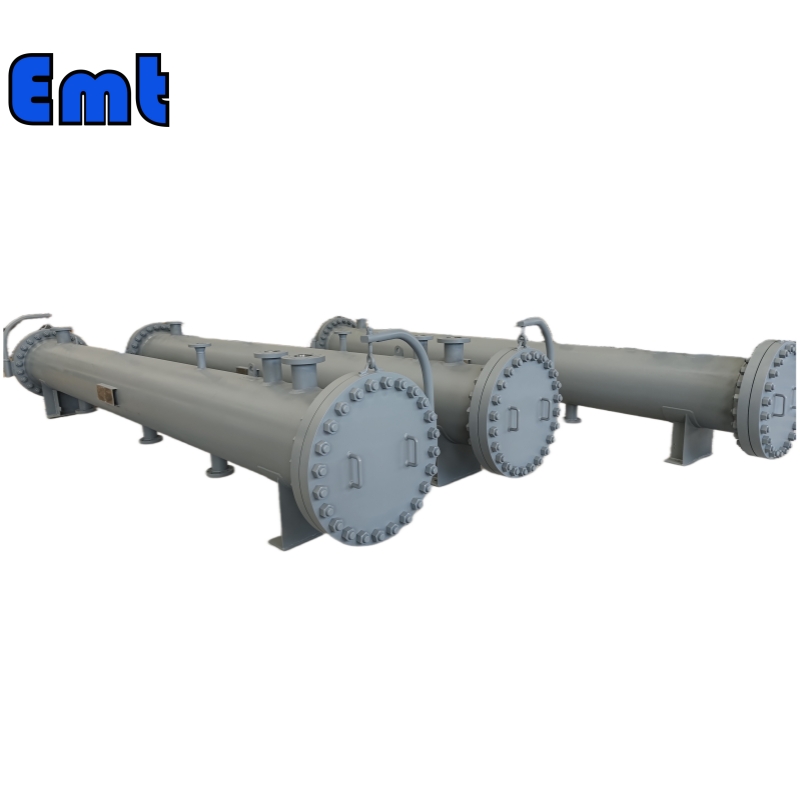
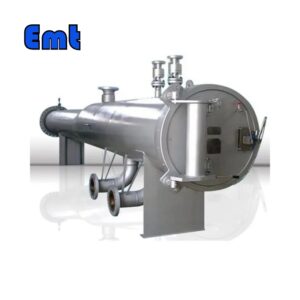
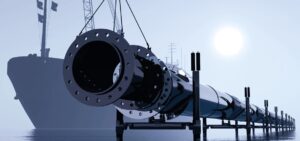
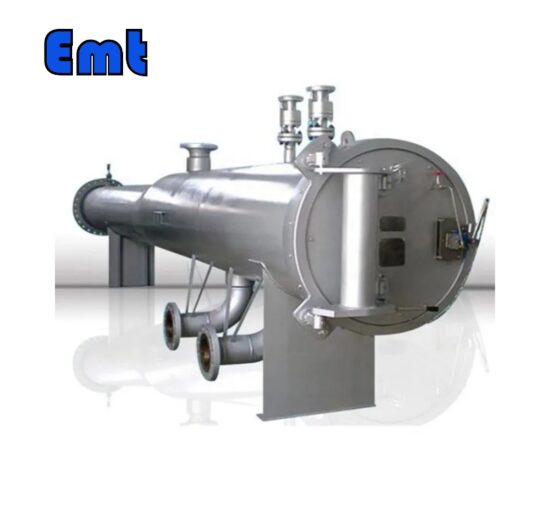

There are no reviews yet.